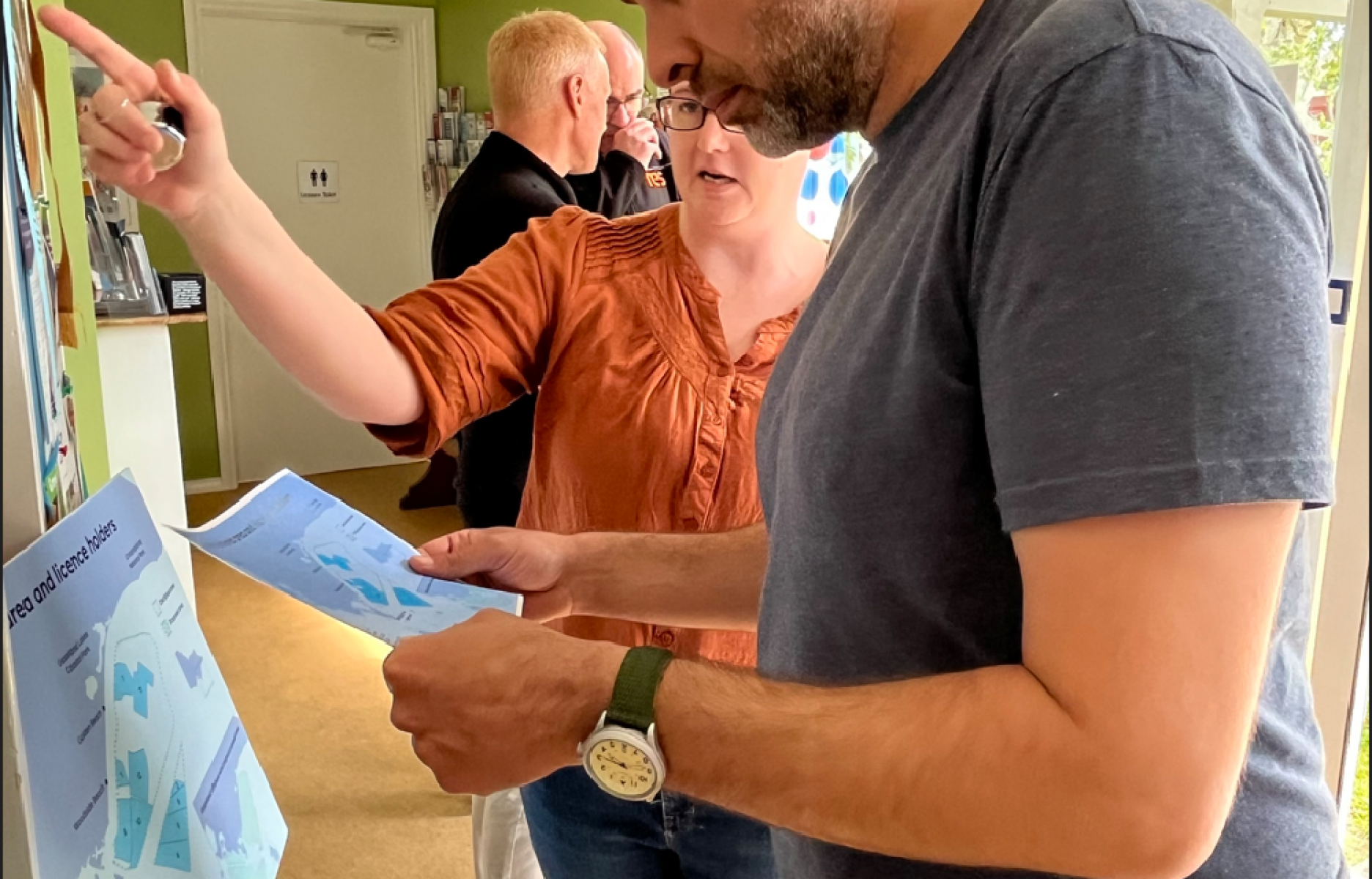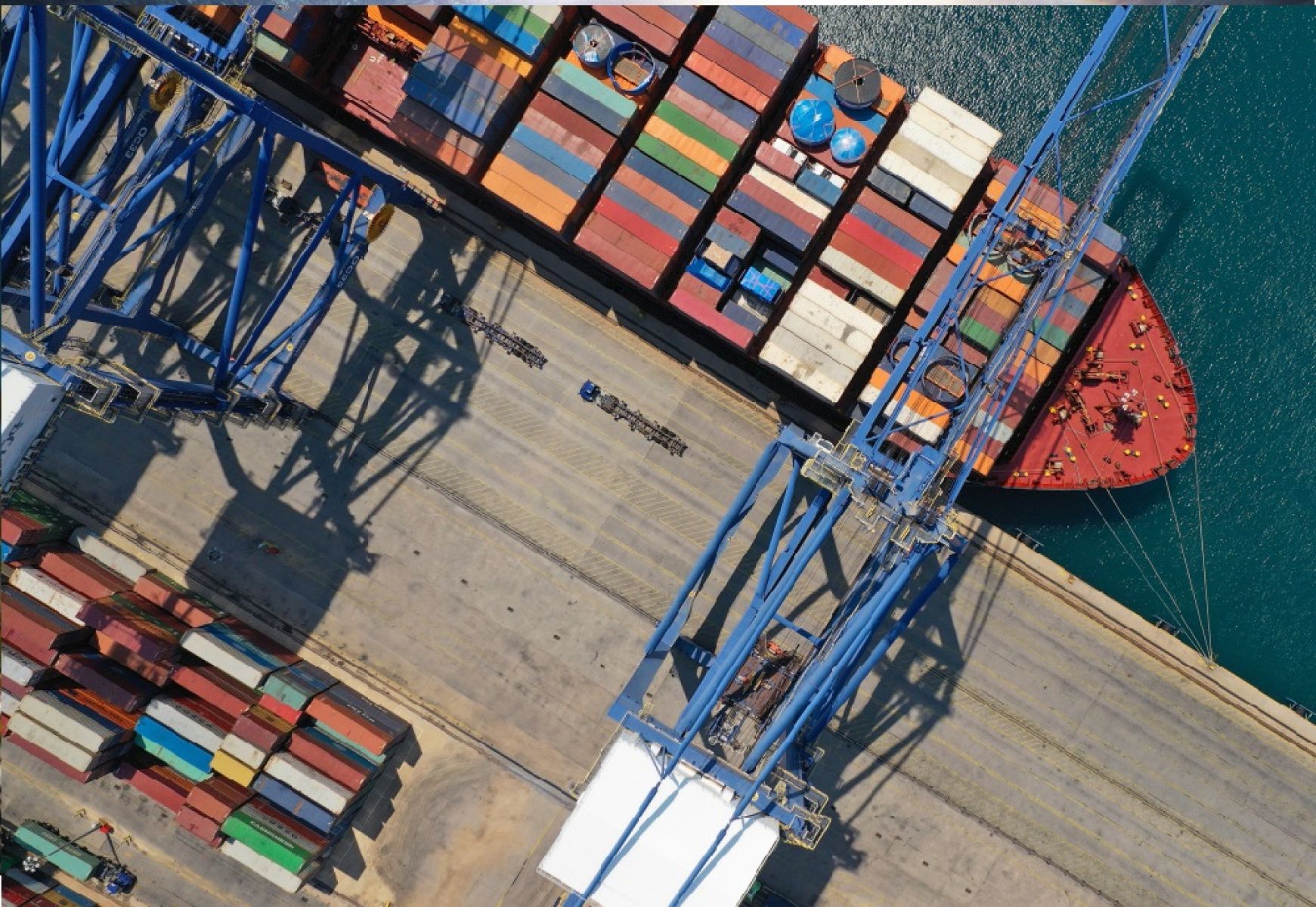On this page:

Who is OWEV?
Offshore Wind Energy Victoria (OWEV) is responsible for coordinating the development of Victoria’s offshore wind industry.
It was established in December 2022 and is a division of the Department of Energy, Environment and Climate Action (DEECA).
To make sure we get it right, OWEV is working with industry, communities, local councils, Traditional Owners, and government agencies to develop Victoria’s new offshore wind sector effectively and responsibly.
We know Victorians have a keen interest in how offshore wind energy projects will be developed. OWEV is committed to undertaking planned, respectful and ongoing engagement as this important energy source is established.

OWEV's work
Traditional Owners
OWEV is working with Traditional Owner Corporations whose communities are affected by offshore wind energy development. We aim to empower Traditional Owners to build knowledge and understanding of offshore wind energy and its impact on Country and Sea Country, to ensure they can provide input on the development of the industry. Traditional Owner Corporations are incorporated groups that represent the interests of Traditional Owners in a particular area.
Strong and mutually beneficial partnerships with Traditional Owners are key to our shared success. So, too, is ensuring the principles of self-determination guide effective engagement on offshore wind energy with all levels of government, the offshore wind energy industry and other parties with interests in offshore wind. Self-determination recognises Traditional Owners have the right to make choices that best reflect them on their journey to self-governance.
In Gippsland, OWEV works with GLaWAC to advance its aspirations for beneficial agreements with feasibility licence holders. Pathways to Partnerships guides proponents in engaging with GLaWAC and forming strong partnerships for positive outcomes.
Procurement
Early offshore wind projects require financial support from the government to provide investment certainty. That's why the Victorian Government is considering a support package for Victoria’s first 2 gigawatts (2 GW) of offshore wind.
This support package would be delivered via a competitive auction process aimed at delivering value for money, while ensuring the extensive development and construction experience of offshore wind energy developers is brought to Victoria. Under this process, OWEV will seek bids from developers looking to secure a support package for their offshore wind energy projects.
OWEV is targeting the completion of this process by late 2026.
This auction design is commonly used in Australia and around the world to develop renewable energy.

Ports
Ports to support construction and assembly, and operations and maintenance, will play a critical role in reaching our offshore wind energy targets. Due to the size of offshore wind components and the types of vessels used to deliver and assemble components, the necessary port infrastructure to deliver offshore wind projects does not currently exist in Australia.
Developing port infrastructure to meet Victoria’s offshore wind ambitions will bring economic benefits and jobs to local communities.
To meet the needs of the emerging offshore wind industry, the Victorian Government continues to progress the development of the Victorian Renewable Energy Terminal at the Port of Hastings. The development of this port benefits from the deepwater channels in Western Port Bay, which are needed to provide access to the deepwater vessels that ship heavy offshore wind componentry, such as blades, nacelles and towers. The Port of Hastings is also close to the declared offshore wind zone in Gippsland.
The role of other ports in supporting offshore wind is also being assessed. Ports that are close to the declared offshore wind zones, such as Barry Beach Marine Terminal or Port Anthony in Gippsland, are well placed to meet the operations and maintenance needs of offshore wind developers.
Engaging with communities
Meeting regularly with the community is invaluable. At our Gippsland offshore wind information sessions in November 2024 and March 2025, we welcomed a range of questions and discussions including:
- development timelines
- turbines and marine life
- jobs and training
- climate change
- local industry involvement
- visual amenity
- local benefits
- feasibility licence processes and declared areas
- the broader renewable energy transition.
We thank attendees for generously sharing their knowledge and discussing offshore wind in Gippsland with us. We are looking forward to further events in 2025.
To share your thoughts, email us at offshorewind@deeca.vic.gov.au.

Workforce and industry development
We are working to ensure Victorians can benefit from an offshore wind sector in Victoria through new employment opportunities, jobs training, and skills and industry development. Building an offshore wind workforce and industry.
Legislation and regulations
Offshore wind is a new industry in Victoria, and Australia, and offshore wind energy projects will span both state and national jurisdictions. We are building a robust regulatory framework to progress and support Victoria’s offshore wind energy industry and continue to work with the Australian Government to strengthen this unique regulatory landscape. Regulatory information.
Offshore wind transmission
To deliver the energy generated by offshore wind farms to our homes, businesses, hospitals and schools, we’ll need new transmission lines. VicGrid is leading the coordinated development of transmission infrastructure to connect offshore wind energy to our existing grid. Offshore wind transmission.

Offshore Wind Energy Implementation Statements
Our Offshore Wind Energy Implementation Statements support and guide industry, stakeholders and the Victorian community by setting out the Victorian Government’s next steps in developing an offshore wind sector.
Offshore Wind Energy Implementation Statement 4, released in April 2025, includes updates on our procurement approach, legislative and regulatory reform, supply chain and local supply, transmission and ports.
Implementation Statement 4 also outlines our approach to protecting the environment and our continued commitment to listening to communities and to working with Traditional Owners to support meaningful steps to self-determination.
Have a question?
Contact the OWEV team at offshorewind@deeca.vic.gov.au
Page last updated: 09/04/25
